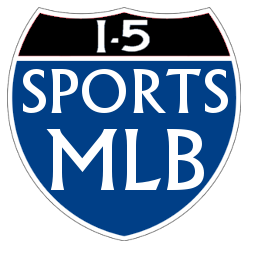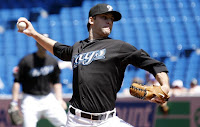Midseason Acquisitions
By Ryan Craighead
It’s now hovering around the midway point in fantasy world and the division races are starting to heat up, both in the big show and fantasy leagues nationwide. Maybe your team is healthy and performing, maybe your team has been well out of the playoff since week three or maybe your team is in the majority, fighting to stay above .500 and plagued by multiple injuries. All in all, you need some help.
This time of year is very fluid for fantasy owners looking for one or two difference makers that will give them breathing room in the standings or put them back in the race. Owners are willing to move players, so get out there and make trades. The best trades are not blockbusters shipping star players but small ones trading role players.
MLB front offices are also very busy in early summer trying to fill holes in their club with minor leaguers who have been playing well to replace big leaguers unfit for their roles. A key point in fantasy success is to pay attention to minor leaguers; these misty-eyed young bloods are eager to prove that they belong and will play hard. The ones that get a lot of buzz do so for a reason: they can play. Guys like Moustakas and Rizzo will be difference makers down the stretch and deserve to be owned in all leagues.
Finding role players is no easy task; it requires scouring stats for many (and sometimes fruitless) hours. Often times it involves no small level of risk to go with a guy who’s hot. Take Sam Fuld, for instance. Earlier this year, good ole Fuldie was on fire for a few weeks in a row, hitting for average, stealing bases and scoring runs. Highlight reel catches will only keep you in the line-up for so long, however, as poor Sammy is now struggling both to hit and see the field. Rightfully so, he has been consequently dropped in most leagues.
One of the more pleasant surprises has been Corey Patterson, who has been a consistently average producer since coming on to the scene in mid-April, hitting .278 with 35 runs, 29 rbi and swiping 9 bags. While definitely not exciting, he is a perfect fit in deeper leagues, in a shallow outfield.
Pitching is like the weather: almost impossible to predict. Sure, the big guns like Halladay, Lincecum and Verlander are going to be stand-out performers, but asking about those guys is like asking if there will be tornadoes in the mid-west or earthquakes in California. Who knew that the Pirates would have a respectable staff? More than just a staff-filler but who will still be available is Jeff Karstens. He does only have 47 strikeouts in 71 innings, he has only given up 12 walks on the year. That’s a walk and a half per nine innings! The Pirates are above .500 for the first time since the ‘90s at this point in the season and his 2.66 era will earn him more wins and keep your team era down.
The weather’s heatin’ up and so will the sticks, so stay active! Make trades and keep a sharp eye on rising prospects!




